p-Benzoquineone dioxime

p-Benzoquineone dioxime structure
|
Common Name | p-Benzoquineone dioxime | ||
|---|---|---|---|---|
| CAS Number | 105-11-3 | Molecular Weight | 138.124 | |
| Density | 1.3±0.1 g/cm3 | Boiling Point | 303.0±42.0 °C at 760 mmHg | |
| Molecular Formula | C6H6N2O2 | Melting Point | 243 °C (dec.)(lit.) | |
| MSDS | USA | Flash Point | 182.5±17.1 °C | |
| Symbol |

GHS07 |
Signal Word | Warning | |
| Name | 1,4-Benzoquinone Dioxime |
|---|---|
| Synonym | More Synonyms |
| Density | 1.3±0.1 g/cm3 |
|---|---|
| Boiling Point | 303.0±42.0 °C at 760 mmHg |
| Melting Point | 243 °C (dec.)(lit.) |
| Molecular Formula | C6H6N2O2 |
| Molecular Weight | 138.124 |
| Flash Point | 182.5±17.1 °C |
| Exact Mass | 138.042923 |
| PSA | 65.18000 |
| LogP | 1.89 |
| Vapour Pressure | 0.0±1.4 mmHg at 25°C |
| Index of Refraction | 1.594 |
| Storage condition | -20°C |
| Stability | Stable. Incompatible with strong acids, strong oxidizing agents. |
| Water Solubility | <0.01 g/100 mL at 22.5 ºC |
CHEMICAL IDENTIFICATION
HEALTH HAZARD DATAACUTE TOXICITY DATA
MUTATION DATA
|
| Symbol |

GHS07 |
|---|---|
| Signal Word | Warning |
| Hazard Statements | H302 |
| Personal Protective Equipment | dust mask type N95 (US);Eyeshields;Faceshields;Gloves |
| Hazard Codes | Xn:Harmful; |
| Risk Phrases | R22;R40 |
| Safety Phrases | S45-S36/37 |
| RIDADR | NONH for all modes of transport |
| WGK Germany | 3 |
| RTECS | DK4900000 |
| HS Code | 2942000000 |
| Precursor 8 | |
|---|---|
| DownStream 9 | |
| HS Code | 2928000090 |
|---|---|
| Summary | 2928000090 other organic derivatives of hydrazine or of hydroxylamine VAT:17.0% Tax rebate rate:9.0% Supervision conditions:none MFN tariff:6.5% General tariff:20.0% |
|
In vivo genotoxicity studies with p-benzoquinone dioxime.
Environ. Mol. Mutagen. 19(1) , 71-6, (1992) P-Benzoquinone dioxime (BQD) appears to be a sex-specific rat carcinogen inducing tumours of the urinary bladder in female rats. The present paper shows that BQD is a direct-acting mutagen in Salmonel... |
|
|
para-Benzoquinone dioxime.
IARC Monogr. Eval. Carcinog. Risk Chem. Hum. 29 , 185-91, (1982)
|
|
|
1,4-Benzoquinone dioxime.
IARC Monogr. Eval. Carcinog. Risks Hum. 71 Pt 3 , 1251-4, (1999)
|
| (1Z,4Z)-N,N'-Dihydroxy-2,5-cyclohexadiene-1,4-diimine |
| 2,5-Cyclohexadiene-1,4-dione, dioxime, (1Z,4Z)- |
| p-Quinone dioxime (p-Benzoquinone dioxime) |
| p-Quinone Dioxime |
| (1Z,4Z)-N,N'-Dihydroxycyclohexa-2,5-diene-1,4-diimine |
| 2,5-Cyclohexadiene-1,4-dione, dioxime, (1E,4E)- |
| 1,4-Benzoquinone dioxime |
| N-(4-nitrosophenyl)hydroxylamine |
| p-Benzoquineone dioxime |
| (1E,4E)-N,N'-Dihydroxy-2,5-cyclohexadiene-1,4-diimine |
| (1E,4E)-N,N'-Dihydroxycyclohexa-2,5-diene-1,4-diimine |
| p-Benzoquinonedioxime |
| EINECS 203-271-5 |
| MFCD00063636 |
| p-Benzoquinone dioxime |
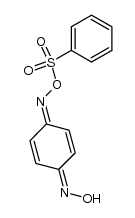 CAS#:18232-36-5
CAS#:18232-36-5 CAS#:637-62-7
CAS#:637-62-7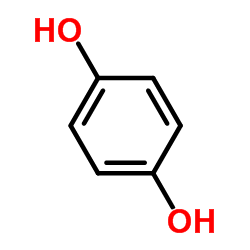 CAS#:123-31-9
CAS#:123-31-9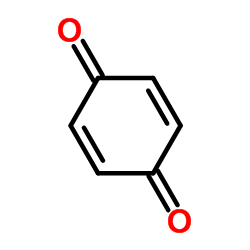 CAS#:106-51-4
CAS#:106-51-4 CAS#:7647-01-0
CAS#:7647-01-0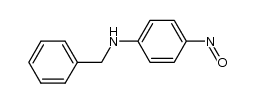 CAS#:39159-56-3
CAS#:39159-56-3 CAS#:7732-18-5
CAS#:7732-18-5 CAS#:64-17-5
CAS#:64-17-5 CAS#:105-12-4
CAS#:105-12-4 CAS#:659-49-4
CAS#:659-49-4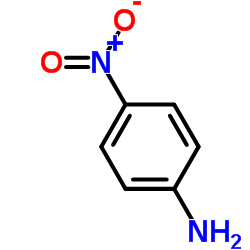 CAS#:100-01-6
CAS#:100-01-6 CAS#:18128-13-7
CAS#:18128-13-7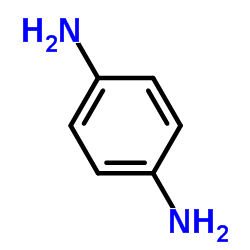 CAS#:106-50-3
CAS#:106-50-3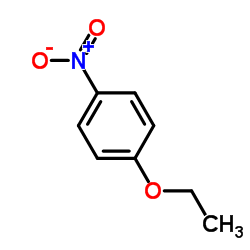 CAS#:100-29-8
CAS#:100-29-8 CAS#:100-17-4
CAS#:100-17-4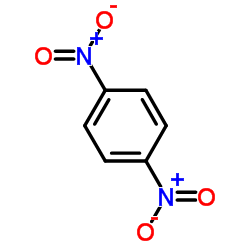 CAS#:100-25-4
CAS#:100-25-4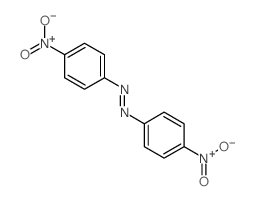 CAS#:3646-57-9
CAS#:3646-57-9
